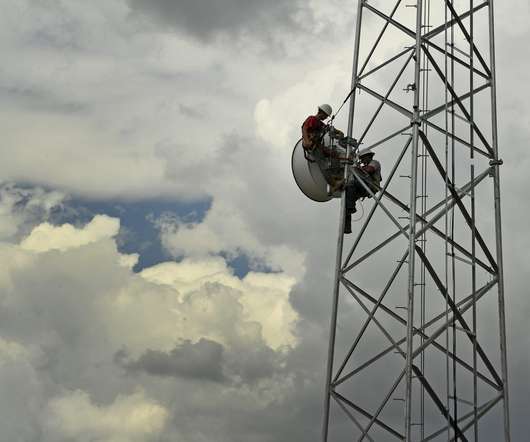Majority of districts now meet FCC’s school internet connectivity goal
eSchool News
JANUARY 3, 2024
“A critical finding is that school districts that are meeting the 1 Mbps per student goal are also getting access at a much lower rate than those districts not meeting that benchmark,” said Emily Jordan, Vice President of Education Initiatives, CN. “In Key takeaways from this year’s Connectivity report include: 74 percent of all U.S.






















Let's personalize your content